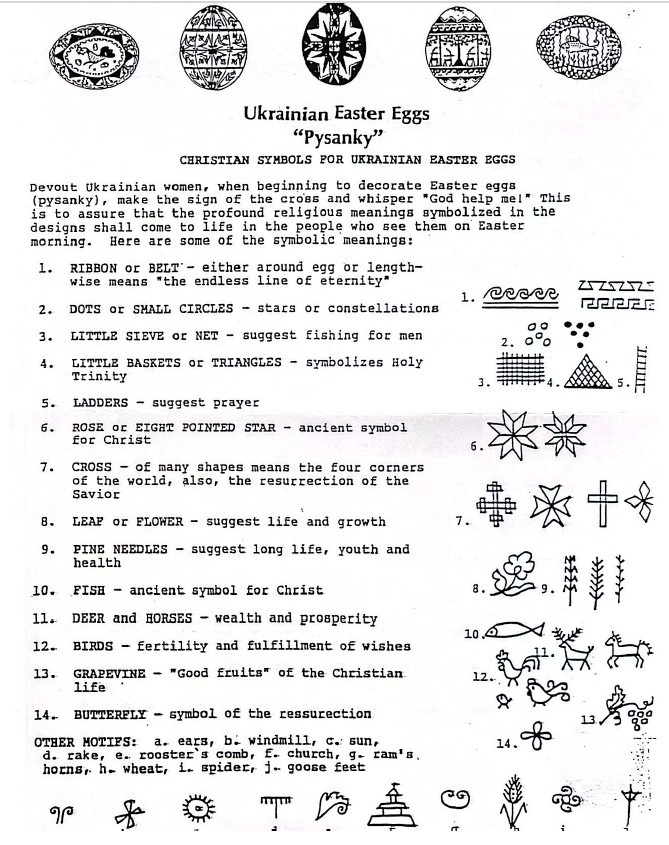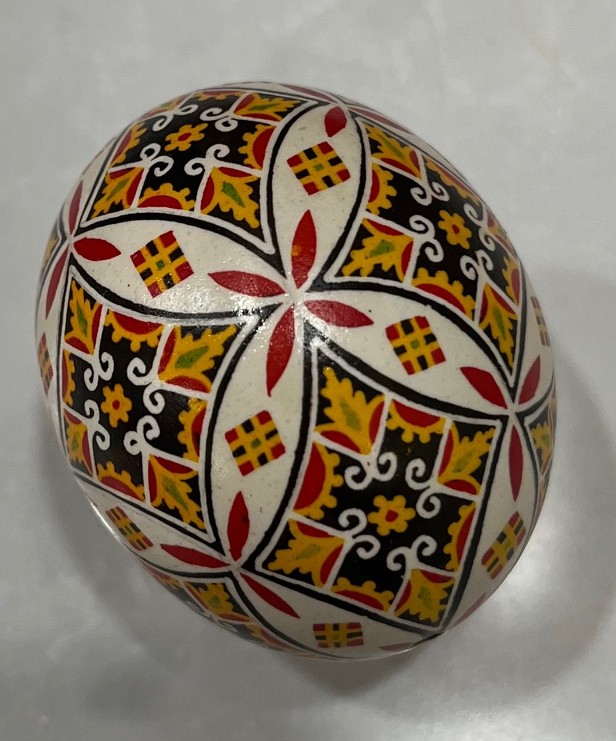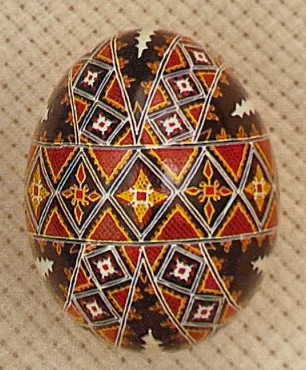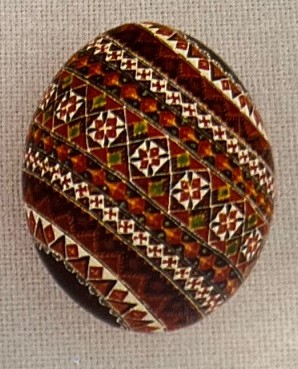RECLAIMING UKRAINE’S CULTURAL HERITAGE: VLADIMIR DYCK, COMPOSER
VLADIMIR DYCK was born in Odessa on March 19, 1882 in a Jewish family. His musical talent was noted by the famous Russian composer Nikolai Rimsky-Korsakov and on his advice the 17 year old Vladimir was sent to Paris by his parents to study at the Paris National conservatory of Music. He was accepted as a student and in 1904 he received a First Prize in Antoine Taudou’s harmony class.
At that time Ukraine was a part of the Russian Empire. Hence Dyck’s first name was spelled in a Russian way Vladimir instead of the Ukrainian Volodymyr. In 1905 a wave of ruthless anti-Jewish pogroms swept through Southern Russia (read Ukraine). In Odessa around 400 jews and 100 non-jews were killed (Robert Weinberg, 1992). Among them was Vladimir’s family.
Vladimir has never returned to Odessa. And his name as an accomplished composer was mostly unknown in his native country until recently.
Vladimir took French citizenship 1910 to participate in the composition competition of the Institut de France. In 1911, he was awarded the “duexieme Second Second Grand Prix de Rome” for his cantata Yanitza.
Besides being a piano teacher in Paris, he was also a prolific composer. He wrote in many music genres, including symphonies, instrumental music, songs, and film scores.
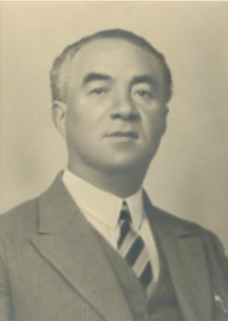
Dyck also composed under a pseudonym Dri Mival, an anagram of his first name Vladimir. His later compositions reflected his Jewish heritage, absorbed early in his life during his childhood and youth in Odessa.
On June 10, 1943, Dyck, his wife and daughter were arrested by the Gestapo at his Parisian home. The family was deported to the Auschwitz concentration camp on July 31 and was assassinated a few days later on August 5, 1943.
The composer’s biography remains incomplete, and many of his compositions are still unpublished and unknown. There is very little information about the composer in Ukraine. In Russia the composer is still presented as a Russian composer who couldn’t return back to Russia because of the revolutionary events after 1910 (here). The imperialists will always remain as such.
CELEBRATING EMBROIDERED SHIRT DAY IN STATE COLLEGE, PA
Embroidery is an important part of Ukraine culture. Each region, each village has its own patterns, designs and techniques. Embroidered garments and linen are passed from generation to generation. Many consider them protective omens.
The “map” of embroidery patterns by regions is shown to the right.
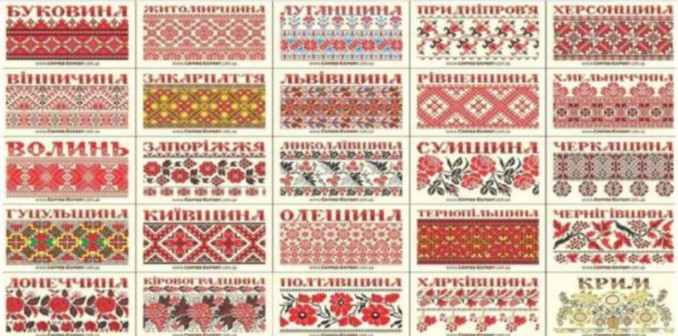
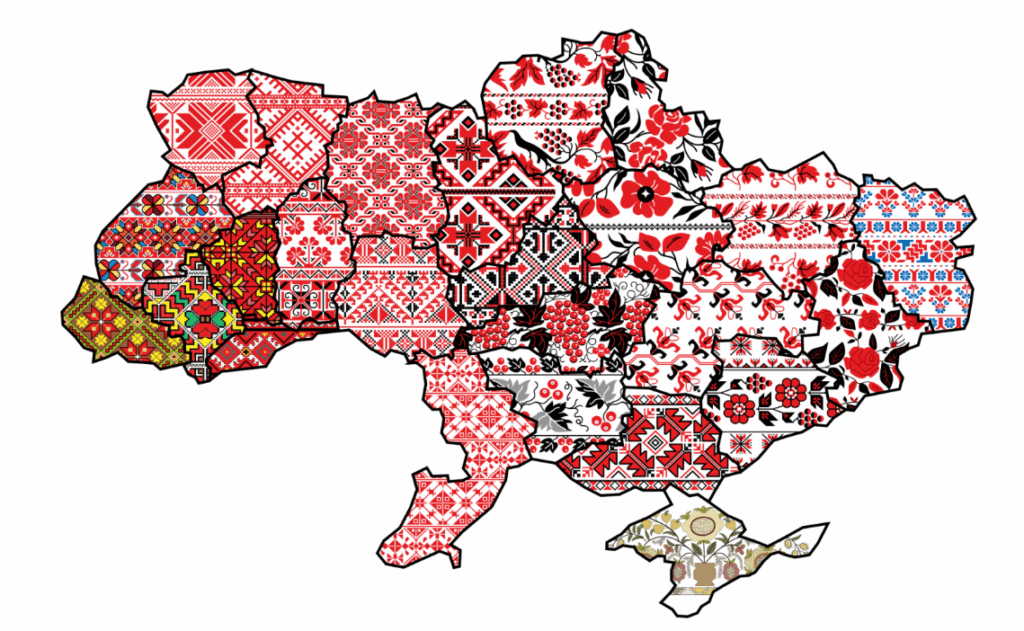

Keeping up the Ukrainian tradition of celebrating the Embroidery Shirt Day. Local residents and the current refugees from Ukraine got together sporting there embroidered garments. And you, as well, can join us next May to celebrate this unique holiday.

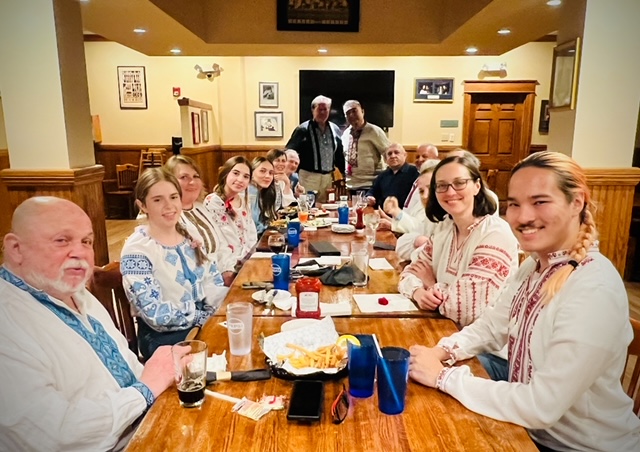
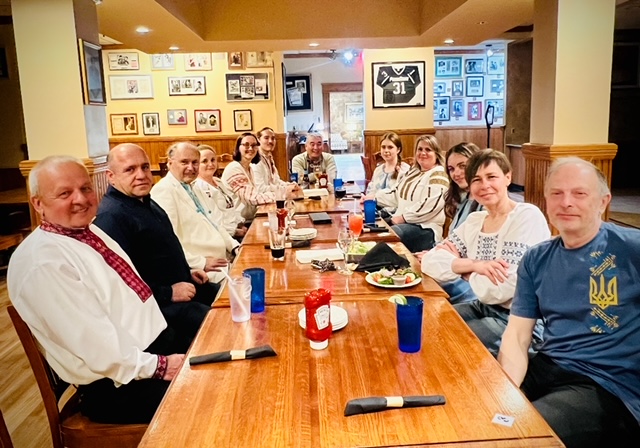

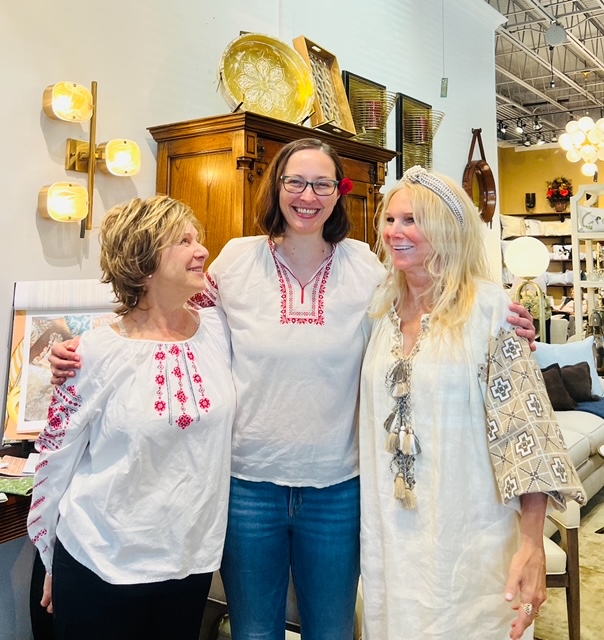


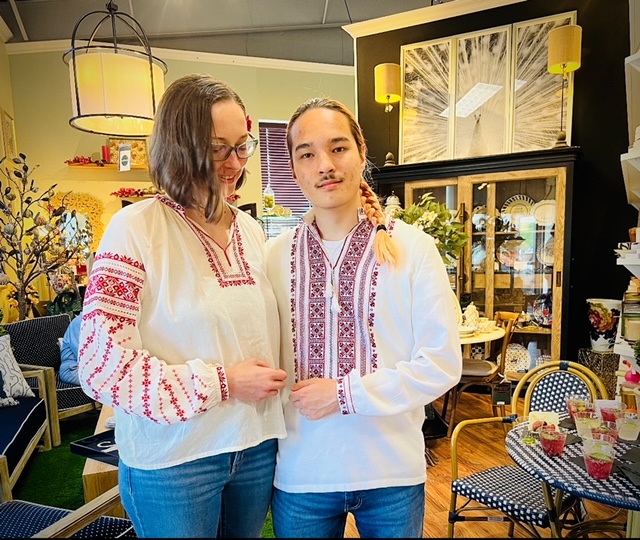
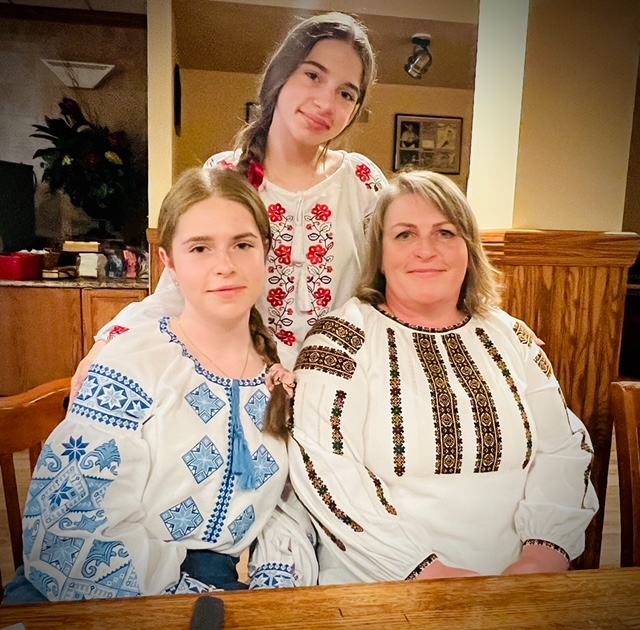
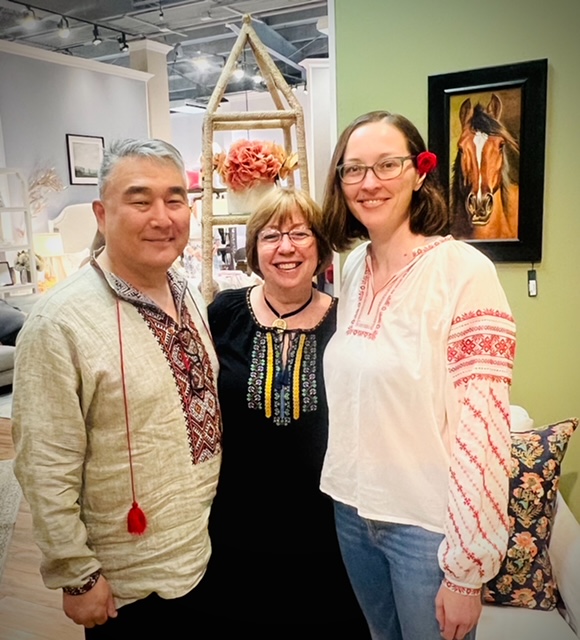
UKRAINIAN EASTER EGGS
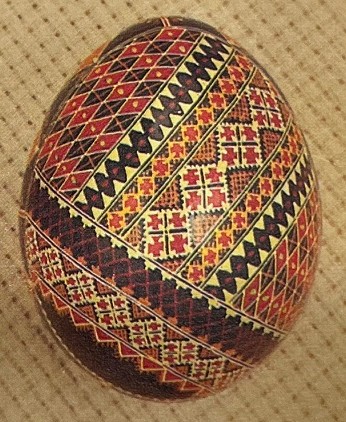
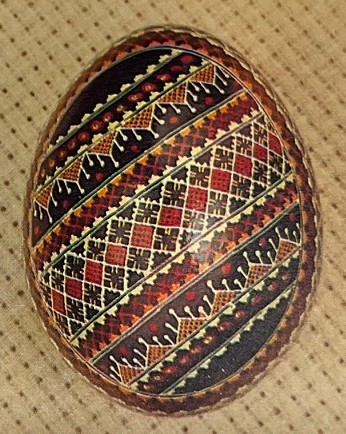

EASTER is the most important holiday for Orthodox Christians in Ukraine. It is shrouded in unique traditions and rituals. One of them is decorating eggs for Easter. Egg, as a symbol of rebirth, is uniquely decorated “telling” a unique story. No wonder that Ukrainian Easter eggs are called “PYSANKY” from the word PYSATY (to write). By using specific symbols with their own meanings, each Easter egg has its own story “written” onto it (please see explanations of Ukrainian Easter egg symbolism to the right).
Even the colors used for Easter egg decorating, have their own meaning: RED for love, BLUE for health, GREEN for growth, YELLOW for spirituality, WHITE for purity ORANGE for attraction, BLACK for remembrance, VIOLET for power, PINK for success, BROWN for happiness.
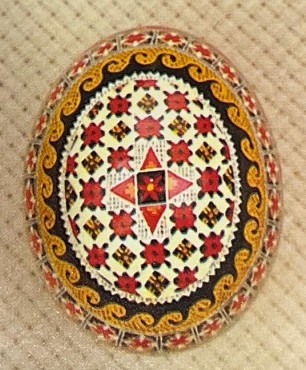
Ukrainian Easter eggs are “written” using melted beeswax which is covering the color that needs to be protected. The egg then dipped into a dye and another melted beeswax layer is “written” to protect the next color, and so on. Finally, the wax is melted over a candle flame and wiped off from the egg revealing a multitude of colors and patterns.
